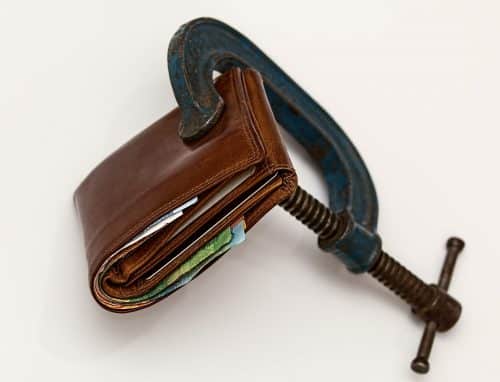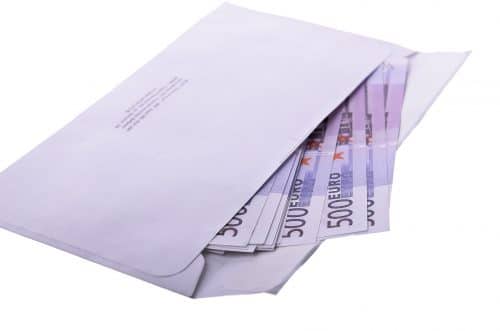If you are struggling with your credit card debt, a nonprofit debt consolidation company can help. A nonprofit debt consolidation company will contact your credit card companies to reduce the interest you pay on your credit card balances. As a result, you will have to pay a smaller amount of interest each month. Lowering your interest charges will help you pay off your credit card debt.
Another significant benefit is the convenience you will get. The company will take away your entire monthly payment and pay the amount owed to each credit card company separately. So instead of going through the hassle of making multiple payments, you can pay the full amount for the month to your nonprofit debt consolidation company and let them take care of the rest.

What is nonprofit debt consolidation?
Nonprofit debt consolidation companies are, as the name implies, nonprofit organizations that can help you pay off your debts. They usually deal with credit card debt. Since they do not make loans, you cannot refinance student loans, auto loans, home loans, or similar loans with these organizations.
However, since they are non-profit organizations, they must operate according to the rules and regulations set by the government in order to maintain their non-profit status. This high standard can work in your favor and help you get out of the debt trap.
National Foundation for Credit Counseling
Several of the leading nonprofit debt consolidation companies are members of the National Foundation for Credit Counseling (NFCC), which is the oldest and largest financial counseling organization in the United States.
The NFCC and its members have a mission to promote responsible financial habits through their advisory services. They also educate ordinary consumers about good personal financial habits. Member organizations also certify and train professional counselors to offer their expertise in the fields of student loans, home buying, wealth management plans, credit card debt, and bankruptcy due to coronavirus.
All NFCC members must be accredited by the Council on Accreditation (COA). The COA is an independent organization that reviews social service programs around the world.
The Debt Management Plan
To come up with a workable debt management plan, nonprofit debt consolidation companies often start with free credit counseling. They will then list several options that can help their clients become debt free.
nonprofit debt consolidation vs. debt settlement
The process is fairly simple. The nonprofit debt consolidation organization will first understand your specific financial scenario to create a budget, and then list options that can help you achieve financial freedom.
The initial credit counseling session can last approximately one hour. During this session, a certified financial advisor will listen to your challenges and needs, then develop a personalized strategy to pay off your debt. These counselors have experience in budgeting, debt management, and consumer credit.
The nonprofit form will only include you in their debt management program if you qualify. Not everyone qualifies for these programs. The nonprofit organization will help you with your spending habits, budgets, and other aspects of personal finance.
They can suggest a debt consolidation loan or help you find another way to navigate the debt consolidation process. credit card debt,, depending on your situation. If your financial situation is too dire, then they may recommend bankruptcy.
Read More: Specialist establishes rules for those who want to pay their debt
How does it work
This is how a debt management program works. The nonprofit debt consolidation company negotiates on your behalf to reduce your credit card debt, unpaid They try to lower the interest rate and combine all the debt into one. In many cases, they can reduce the interest rate by 8 to 9 percent. Sometimes they can lower the interest rate even more.
These measures will help you pay off your debt more quickly. A key advantage of working with a nonprofit debt consolidation company is that you don't need to get an additional loan to pay off your debts, which could easily add to your problems.




